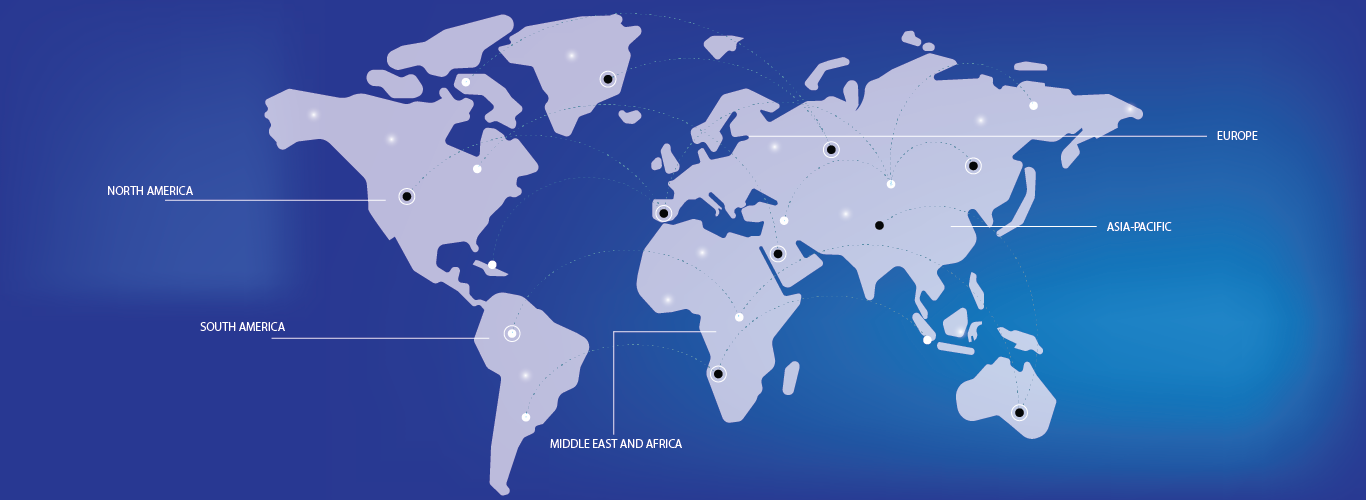- The market is expanding due to increasing demand for lightweight materials, high-performance bonding solutions in automotive, aerospace, and electronics sectors, and the shift from mechanical fasteners to adhesives.
- Innovations in epoxy, acrylic, and polyurethane adhesives offer enhanced strength, flexibility, and heat resistance, supporting broader applications across extreme environments and enabling the replacement of welding or riveting in metal joining.
- Environmental regulations and the push for sustainable manufacturing are driving the adoption of solvent-free, low-VOC metal bonding adhesives, aligning with green initiatives across automotive, electronics, and construction industries.




